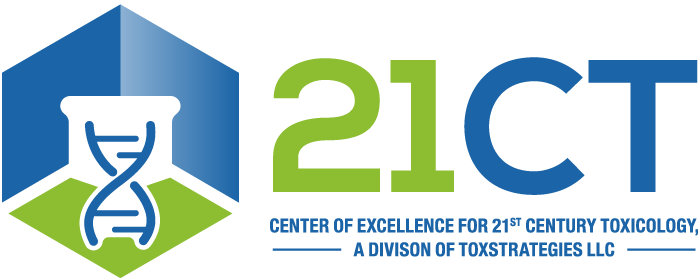O’Brien TJ, Hao D, Suh M, Proctor D, Thompson CM, Harris MA, Parsons BL, Meyers MB. 2012. K-ras codon 12 GGT to GAT mutation is not elevated in the duodenum of mice subchronically exposed to hexavalent chromium in drinking water. Presented at the Society of Toxicology’s 51st Annual Meeting, March 11-15, San Francisco, CA.
Abstract
Chronic exposure to high concentrations of hexavalent chromium [Cr(VI)] in drinking water induces small intestinal tumors in mice, but the mode of action (MOA) for carcinogenicity is uncertain and could be informed by assessing Cr(VI)’s genotoxicity and mutagenicity in the target tissue of the duodenal epithelium under conditions of the cancer bioassay. Thus, binding of Cr to genomic DNA and K‐ras codon 12 GAT mutation frequency were evaluated in intestinal epithelium of B6C3F1 mice exposed to sodium dichromate dihydrate (0.3‐520 mg/L) in drinking water for 7 and 90 days. Cr‐DNA binding increased in a time‐ and concentration‐dependent manner, reaching statistical significance at higher concentrations (≥ 14 mg/L). Cr‐DNA binding in the non‐target tissues of the liver and oral mucosa was also significantly increased, and in the liver measured at levels consistent with that of the duodenal epithelium at carcinogenic doses. These findings suggest that Cr‐DNA binding may be a biomarker of exposure. The frequency of K‐ ras codon 12 GAT mutations was analyzed using allele‐specific competitive‐blocker PCR (ACB‐PCR) and by Sanger sequencing of codons 12 and 13. K‐ras mutant fraction (MF) in duodenal epithelium was not increased with dose. Moreover, it was approximately 100‐fold greater than expected (10‐2 to 10‐3), which may suggest that this tissue is susceptible to neoplasia via a cytotoxicity/regeneration MOA. The lack of Cr(VI)‐induced K‐ras codon 12 GAT mutation at carcinogenic doses suggests induction of this mutation through Cr‐DNA binding, or otherwise, is not an early key event in the MOA of Cr(VI)‐induced duodenal carcinogenesis.
